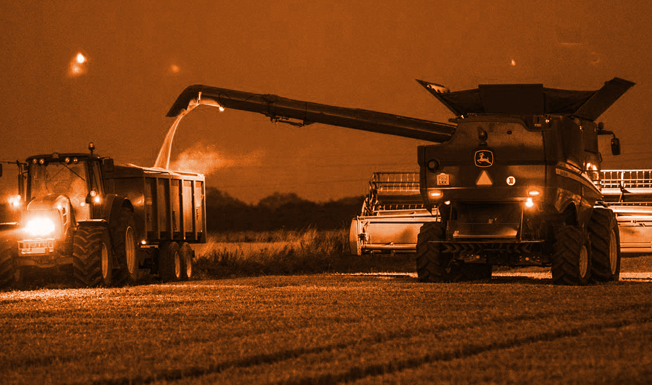With biofuel potentially leading the way on the path to ‘net zero’, is this the way forward for UK agriculture?
While fertiliser type and usage play a large part in carbon reduction, biofuels are being touted as the next big thing – but farmers need to ensure feedstock is compliant at the very least, before they can seize any E10 opportunities.
The last year has taught us all several things. Amongst the positives, we saw the environment breath a huge sigh of relief due to the drop in the number of miles we have travelled, and also the government is now engaged in making the UK a more environmentally-friendly place, focusing on ‘net zero’ by 2050 – but how will UK agriculture play its part in us achieving this? Fertiliser type and usage is an obvious area, along with ‘carbon offset red diesel’ – however, biofuels may be about to top everything else in the coming years. Back in 2005, I attended my first bioethanol meeting, where the question of the day was: “Could the UK make ethanol with wheat and make money?” At the time, my US colleagues were investing in corn ethanol plants and, although we couldn’t get the sums to add up, the UK made its first ethanol from wheat in early 2010. In 2012, another plant opened, but every year has had its challenges with nothing produced in 2011/12 – whereas in 2016/17, the two plants consumed around 1.5 million metric tonnes of wheat. This was then followed by Vivergo going offline in September 2018 and maize being the feedstock of choice, due to price, for Ensus on a regular basis.
The recent announcement that E10 will be in our UK fuel pumps by this September is positive news, but it also leaves many questions. Ultimately, the E10 domestic demand should be treated
cautiously. The price of feedstock and its availability is always key, as is the price of imported ethanol and oil values along with any buy-out obligations. Commercial companies need to make a return and if it doesn’t pay to produce it, then why would they? The market is also awaiting the latest edition of the Renewable Transport Fuels Obligation, which leaves me wondering if first generation biofuels will be capped further. Also, what about the ban on sales of new combustion engine cars in the UK in 2030, or the fact that more people may start working from home on a long-term basis, or the increase in electric vehicles? That’s got to suggest that perhaps moving into E10 may not see the sunshine for too long. The above may seem negative, but I assure you it’s more of a reflection. After 12 years of UK ethanol, I’m left wondering what the next decade will look like. Hopefully, the demand for UK wheat will be positive, but we need to be realistic, and we also need to remember that biofuels have to prove they have a lower carbon emission than regular fuels. To do this, the feedstock needs to prove it’s compliant with criteria laid down by the European Union’s Renewable Energies Directive (RED). This was placed into UK law and requires farmers to be able to answer questions about land use – and maybe in the coming years be able to calculate the CO2 emissions of their crop, rather than use the current default values. As this article demonstrates, nothing in life is simple and every farmer in the near vicinity of the two ethanol plants should fully understand what they need to do to at least be able to get a chance to sell to them. It’s not difficult; after all, if the Australians can guarantee their canola is sustainable and the Ukrainians can supply sustainable maize, then I’m sure UK farmers will engage with the process – otherwise they risk missing out on any E10 opportunities that may arise.
Fertiliser Matters
As crops establish and any deficiencies start to become apparent, we can identify if this is due to the incorrect pH of the soil. A basic soil test would not only show available nutrients but also confirm the soil pH. The application of fertilisers and manures can increase soil acidity over time, locking up essential nutrients for growth and potentially impacting yields. As calcium and other nutrients are removed from the ground at harvest, the pH will naturally drop. By applying small amounts of lime each year with a little and often approach, you can remain at optimal pH levels of 6.5 for arable and 6.3 for grassland, allowing nutrients to be effectively available to the crop. Granular lime is effective within six weeks of application and as well as increasing pH levels, this also promotes the activity of earthworms and nitrogen-fixing bacteria and helps the breakdown of organic material, increasing nutrient-use efficiency.




